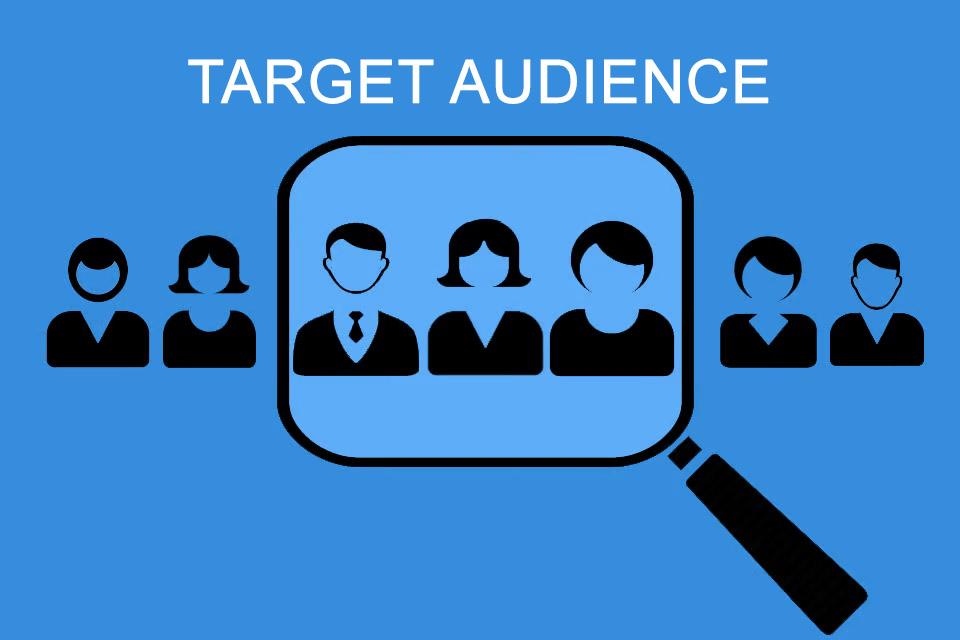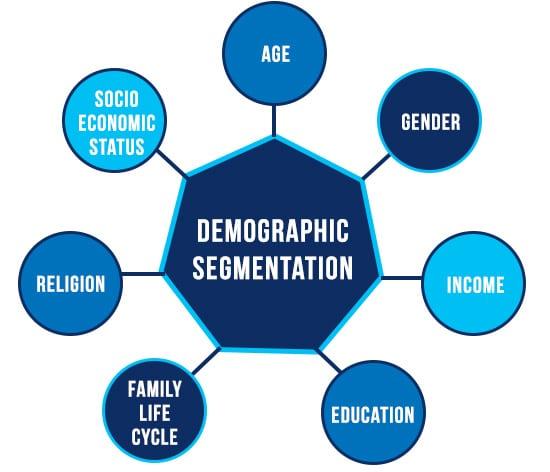
In a digital landscape where trends shift at lightning speed and consumer preferences evolve daily, understanding your audience has become more crucial than ever. Enter influencer marketing, a powerhouse strategy that leverages the reach and authenticity of social media influencers to connect brands with thier target demographics. However, the effectiveness of this approach hinges not just on aligning with popular figures, but on grasping the intricate tapestry of audience demographics that defines who they are, what they care about, and how they engage with content. In this article, we will explore the pivotal role that audience demographics play in crafting successful influencer marketing campaigns, unraveling how a nuanced understanding of age, location, interests, and behaviors can transform a vague outreach into a strikingly impactful endeavor.Join us as we delve into the essential elements that can turn influencer collaborations into potent catalysts for brand growth and resonance.
Understanding Your Target Audience for Effective Influencer Partnerships
To forge lasting and impactful partnerships with influencers, it’s crucial to have a deep understanding of your target audience. Identifying their demographics allows brands to align themselves with influencers who genuinely resonate with potential customers. Start by analyzing your audience’s:
- Age Range: Different age groups respond to different content styles and platforms.
- Gender: Tailoring your approach based on gender can enhance engagement and impact.
- Location: Geographical insights can guide you towards regional influencers who connect with local audiences.
- Interests and preferences: Knowing what captivates your audience ensures that the influencer’s content feels authentic and relevant.
Moreover, leveraging detailed audience insights comes with a strategic edge. Utilizing tools to monitor engagement rates and follower authenticity helps ensure that the influencer’s audience aligns with your brand’s values and objectives. Consider creating a simple reference table to keep your findings organized:
| Demographic Factor | Importance |
|---|---|
| Age | Influence communication style |
| Gender | Customizes brand messaging |
| Location | targets regional campaigns |
| Interests | Enhances content relevance |

Decoding Demographics: Age, Gender, and Interests in Influencer Selection
In the world of influencer marketing, understanding who your audience is can considerably shape the success of your campaigns. When considering age, its crucial to align with influencers whose followers mirror your target demographic. As a notable example, if you’re promoting a new tech gadget tailored for Gen Z, partnering with a young influencer who resonates with that age group can enhance credibility and engagement. Similarly, the gender of your audience plays a pivotal role in influencer selection. A campaign aimed at women’s fashion would benefit from collaborations with female influencers who have a strong, authentic connection with their audience. This approach ensures that the content feels relatable and resonates on a personal level.
Furthermore, analyzing interests can lead to impactful partnerships that extend beyond mere product promotion. Research shows that audiences are more likely to engage with content that reflects their passions. For instance, an influencer known for fitness can effectively promote health supplements if their followers are primarily fitness enthusiasts.To streamline this selection process, consider categorizing potential influencers based on their demographics and interests:
| demographic | Influencer Type | Content Focus |
|---|---|---|
| 18-24, Female | Fashion Influencer | Trendy Outfits |
| 25-34, Male | Tech Reviewer | Gadgets |
| 35-44, Both | Fitness Coach | Health Tips |

Leveraging Data Analytics to Refine Your Influencer Marketing strategy
In today’s fast-paced digital landscape, leveraging data analytics is crucial for honing your influencer marketing strategy. By thoroughly analyzing audience demographics, brands can identify and connect with the right influencers who resonate with their target market. Understanding key factors such as age, gender, location, and interests enables marketers to tailor their messaging and content effectively. This not only enhances engagement rates but also drives conversions, as potential customers are more likely to respond positively to influencers who mirror their preferences and values.
To maximize the effectiveness of your influencer partnerships, consider employing the following data-driven tactics:
- Segmentation: Classify your audience into distinct segments based on demographic data to create personalized campaigns.
- Performance Metrics: Track engagement rates, conversion statistics, and influencer reach to assess the effectiveness of each collaboration.
- Competitive Analysis: Examine competitors’ influencer strategies to uncover gaps and opportunities within your own approach.
| Demographic Factor | influencer Type | Engagement strategy |
|---|---|---|
| Millennials | Micro-Influencers | Authentic storytelling |
| Gen Z | Content Creators | Interactive challenges |
| Parents | Family Bloggers | Product reviews |

Building Authentic Connections: Tailoring content to Audience Profiles
In the realm of influencer marketing, understanding your audience is akin to crafting a masterful piece of art. By identifying and segmenting your audience profiles, you can create bespoke content that resonates on a personal level. The more you know about your audience’s demographics, preferences, and behaviors, the better equipped you’ll be to deploy strategies that invoke genuine engagement. Consider focusing on aspects such as:
- Age Group – Tailor your language and visuals to appeal to different generations.
- Interests – Align your content with the hobbies and passions of your followers.
- Location – infuse local culture and references to build a stronger connection.
Furthermore, streamlining your content approach through data-driven insights can substantially elevate your marketing efforts. When gauging audience preferences, consider employing direct feedback mechanisms such as surveys or polls. This not only empowers your audience but provides you with invaluable data that can inform your future campaigns. For a clearer view of how demographics influence engagement, a comparative table might illustrate key findings:
| Demographic | Preferred Content Format | Peak Engagement Time |
|---|---|---|
| 18-24 Years | Short Videos | Evenings |
| 25-34 Years | Blog Posts | Mornings |
| 35-44 Years | Podcasts | Lunchtime |
Concluding Remarks
In the ever-evolving landscape of influencer marketing, understanding audience demographics is not just advantageous; it’s essential. By delving into the diverse characteristics of potential followers, brands can tailor their strategies to resonate authentically with the right people. From age and gender to interests and geographical nuances, each demographic insight unveils a pathway to deeper connection and increased engagement.As we navigate this dynamic field, it becomes clear that the true power of influencer marketing lies in its ability to bridge the gap between brands and consumers. The more businesses commit to understanding who their audiences are, the better equipped they will be to craft meaningful, relatable content that sparks conversation and fosters loyalty.
In a world where attention is fleeting, turning data into strategy is the key to captivating hearts and minds. As brands forge ahead, let them embrace the rich tapestry of audience demographics, unlocking the potential for impactful marketing campaigns that speak directly to those who matter most. Your next strategic move may just be a deep dive into the demographic insights that could redefine your marketing narrative.The stage is set; the audience awaits.